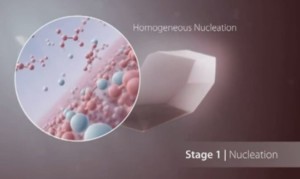

The mechanisms of stone formation also vary from country to country. In western cultures, for example, dietary plentitude contributes to stone formation. In the mid-east, schistosomiasis is a frequent cause of urinary stone disease.
For the management of renal stones, there is an explosion in technical innovations. Today, the endourologist possesses an assortment of minimally invasive tools to treat renal stones. Most patients may receive fast, safe and effective treatment in the outpatient setting. However, despite the many technical advances, anatomical malformations of the urinary tract and complex stones continue to provide a significant challenge to the urologist. Visit www.urologystone.com to see the different types of renal calculi a urologist is likely to encounter in his or her practice and the various treatment options for kidney, ureteral and bladder stones. In addition, potential difficulties with diagnosis, access of a stone, its fragmentation and clearance will be discussed. Finally, a variety of urinary stone presentations and treatment strategies for cost-effective management are addressed.
Contact your physician now at St Pete Urology and set an appointment to remove that urinary stone and avoid further complications.
